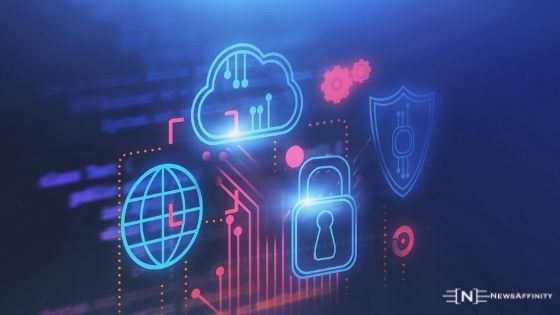Data is becoming a more valuable asset. Last 2018, 200 million personal information was being sold on the deep web for approximately $58,000. And the pandemic helped increase cyberattacks worldwide. During the first quarter of 2020, 48,000 URLs related to COVID-19 were tagged as malicious.
There’s no way of stopping these cybercriminals. The only thing that you can do is to protect your business from these threats. One way to do this is to have a cybersecurity risk mitigation strategy prepared. Below, we highlight several ways on how you can manage these risks. Additionally, we will also discuss different cyber risk management frameworks.
How to Mitigate Cybersecurity Risks?
Cybercriminals are getting smarter with how they threaten businesses. With different technological advancements taking place, hackers are also developing their hacking techniques.
That’s why it is important to invest in cybersecurity measures to prevent data breaches. Here are six ways that you can dodge a cybersecurity attack.
-
Implement Risk Assessment
Implementing a cybersecurity risk assessment is an important part of risk mitigation. This will help you put into perspective what your company’s security policies still lack.
Conducting a risk assessment can give you an idea of which assets you need to secure. In addition, this also helps your IT security team, wherein they can check which areas are vulnerable to attacks. And when they do so, they can prioritize the steps they need to perform first.
-
Encrypt Your Data
Sensitive data can be protected through data encryption. By encrypting sensitive data, only authorized personnel can access these data. Even when a cybercriminal successfully penetrates your systems, they won’t be able to look at encrypted files.
To encrypt your data, you can use a combination of the best VPN and a SOCKS5 proxy server. SOCKS5 uses SOCKS protocol that transports data between a server and a client. With this proxy server, you can set up an authentication method to access your files. As you can imagine, this improves your security system.
Additionally, using a proxy means that your IP address is hidden. And since it is hidden, third parties will not be able to locate you. You can browse the web anonymously and with increased privacy.
On the other hand, VPNs ensure that only the intended server has access to your data.
-
Back-Up Your Data
Aside from data encryption, you should also back up your data. A good backup system will allow you to access the information again after a data breach.
While it’s nice to think so, you don’t need to back up all your data. You should know which data you need to back up and leave those that don’t need protection. Sensitive data such as customer information need continuous. Therefore, they need to be backed up.
In addition to this, you should keep in mind that your backup system should be as simple as possible. This will ensure that the recovery process is secure and reliable.
-
Install Security Software
Security software such as firewalls and antivirus software can also help you reduce cybersecurity risks. These defenses add an extra layer of protection for your computer or network.
Firewalls function as a barrier between a user and your network. This provides you more control over inbound and outbound traffic. On the other hand, antivirus software looks for potential threats on your device and network.
Proxies, such as residential proxies, also help you prevent a cybersecurity attack. Routing your internet traffic through a proxy server makes it difficult for hackers to monitor your online activities. This helps protect data that are accessed by your employees working remotely.
-
Ensure that Everyone Understands Cybersecurity
Cyberattacks come in different shapes and sizes. It’s critical to recognize, disclose, and respond to a cyber threat. A study revealed that human error accounts for 88% of data breaches. That’s why you should invest in cybersecurity training for all of your employees.
Your employees are the most vulnerable when it comes to cyber threats. Undergoing training can help them identify security threats and what they need to do when they encounter one. In doing so, you’ll be securing not only your data but also your employees against cybersecurity threats.
-
Prepare a Response Plan
It’s simpler to have resources in place and ready to go if everyone understands what they’re accountable for in case of a breach. And by everyone, we mean including your non-technical staff.
This is exactly what an incident response plan is. This strategy is an important component of managing cybersecurity risks.
You can never be fully prepared for data breaches and other cybersecurity attacks. With an incident plan, your company can do all that is necessary to be proactive rather than reactive. In this way, your team can respond faster and more effectively to any cyber issues.
Conclusion
Your organization’s processes depend on data. Wrong individuals having access to information can be disastrous. That’s why you should also give your cybersecurity the attention it needs. Enhancing your security systems and developing your management plans will keep your data safe from hackers.
Although, it doesn’t end with having the appropriate policies and procedures. Companies should also adapt to the changing nature of cybersecurity threats.

















Comments